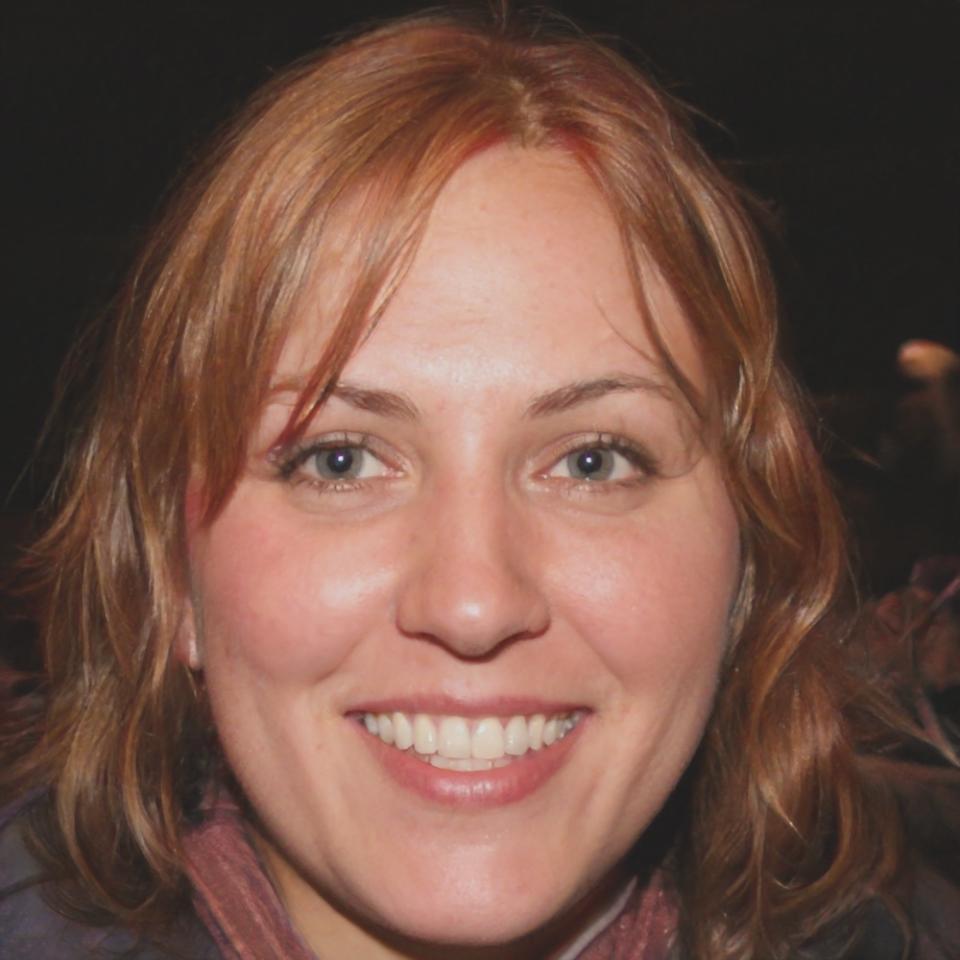Build Financial Systems That Actually Work
Most people set up their finances once and hope everything clicks into place. But automation isn't about setting and forgetting—it's about understanding what moves money efficiently and what creates unnecessary friction.
Our program helps you design financial workflows that align with how you actually operate your business in Australia. We're launching our next cohort in September 2025, and honestly, we've kept the group intentionally small.

How We Actually Teach This Stuff
We've tried a bunch of different formats over the years. Turns out people learn financial automation best when they can experiment, mess things up safely, and fix their own mistakes before going live with real accounts.
Start With Your Current Mess
Week one is always interesting. We audit whatever system you've cobbled together—spreadsheets, multiple bank accounts, that app you downloaded but never configured. No judgment, just figuring out what's already there and where the bottlenecks hide.
Build In Sandbox Mode
You get access to dummy accounts that mirror real banking APIs. Test transfers, set up automated rules, break things deliberately. Better to discover edge cases here than when you're reconciling actual transactions at tax time.
Deploy One Piece at a Time
We don't flip everything on simultaneously. You'll automate one financial process, watch it run for a fortnight, make adjustments, then move to the next. Gradual implementation means you maintain control throughout the transition.
The Program Timeline
This runs for twelve weeks starting September 2025. We meet twice weekly—one session for new concepts, another for troubleshooting whatever emerged during implementation. Between sessions, you're building and testing your systems.
Weeks 1-3: Mapping and Planning
We diagram your cash flow, identify decision points where money gets stuck, and determine which processes actually benefit from automation. Not everything should be automated—some things still need human oversight.
Weeks 4-7: Building Core Workflows
This is where you connect accounts, configure rules, and establish the backbone of your automated system. We cover bank integrations, accounting software connections, and creating reliable triggers that won't misfire.
Weeks 8-10: Advanced Scenarios
Handling exceptions, multi-currency situations for those dealing internationally, tax allocation strategies, and building dashboards that show you what matters without overwhelming you with data.
Weeks 11-12: Testing and Refinement
Final weeks involve stress-testing your setup, creating backup procedures, and documenting everything so you're not the only person who understands the system. We also cover what to monitor long-term and when to revisit your automation rules.
Who's Teaching This
We're a small team who've spent years building financial automation for businesses across Australia. Each of us brings different technical backgrounds, which means you get multiple perspectives on solving the same problem.

Kieran Northcott
Systems Architecture
Former developer who switched to financial operations. Builds integrations that actually stay functional when banks update their APIs without warning.

Freja Lundqvist
Cash Flow Optimization
Spent a decade in corporate treasury before consulting with smaller businesses. Knows the accounting side cold and can translate technical processes into finance language.

Vesna Marković
Implementation Strategy
Handles the practical rollout side. Helps you phase implementation so daily operations don't grind to a halt while you're reconfiguring payment systems.
Applications Open July 2025
We're capping enrollment at eighteen participants for the September cohort. Space is genuinely limited because the program involves individual system reviews, and we can't scale that effectively beyond a certain group size.